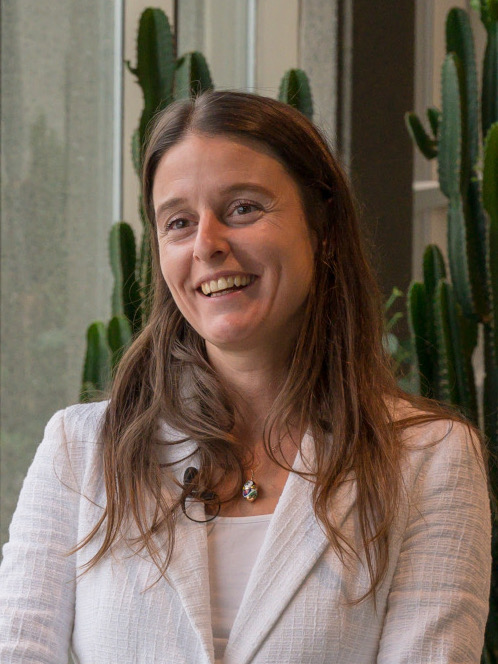Fiche publication
- Date de publication : 2022-10-01
Référence
Pas, C., Brodeur, D., Deschamps, MH., Lebeuf, Y., Adjalle, K., Barnabé, S., Eeckhout, M., Vandenberg, G., Vaneeckhaute, C.(2022) Valorization of pretreated biogas digestate with black soldier fly (Hermetia illucens, L; Diptera: Stratiomyidae) larvae. J Environ Manage. doi: 10.1016/j.jenvman.2022.115529. PMID: 35816966.
Information Complémentaire
Résumé
Increasing concerns related to the negative environmental impacts of food waste havemotivated the development of new solutions to complete the waste cycle of organic residues. One particular "waste" product, the solid digestate from anaerobic digestion, has been identified for further bioprocessing. Black soldier fly (BSF, Hermetia illucens) larvae are known for their great potential in the processing of organic waste. In this study, this potential was investigated to further process the digestate waste stream. Digestate is considered a low potential source of nutrients for larvae due to the presence of different fiber fractions. However, the lignocellulosic matter in this residue could be enzymatically hydrolyzed to release residual carbohydrates. For this study, digestate from a full-scale anaerobic digestion plant in Quebec (Canada) which processes a range of feedstocks (fruits, vegetables, garden wastes, sludge derived from dairy processing and wastewater treatment) was sourced. Digestate was treated with Accelerase® DUET enzyme complex to hydrolyze lignocellulosic matter and compared to a standard diet. For each treatment, 600 four-day old larvae were fed daily with 160 g (70% relative humidity) of diets for 6 days and harvested 3 days later. Although their growth and total biomass were significantly lower than the standard diet, larvae fed on hydrolyzed digestate were almost two times larger than the larvae fed on crude digestate. Furthermore, the content of organic matter, lipids and minerals in the diets and frass were analyzed. Finally, the feasibility of applying BSF treatment for digestate valorization is discussed. According to this study, enzyme-treated digestate does not allow efficient larval growth compared to the standard diet. The development of a more effective method of pretreatment is required for BSF larvae to become an eco-friendly solution for digestate valorization.


